
ROT-54
CREATED BY #62321
THE ORGOV RADIO-OPTICAL TELESCOPE, AFFECTIONATELY KNOWN AS ROT-54 OR THE HEROUNI MIRROR RADIO TELESCOPE, STANDS AS A MARVEL OF ASTRONOMICAL ENGINEERING. CONCEIVED BY PARIS HEROUNI AND APPROVED BY SERGEI KOROLEV IN 1964, THE JOURNEY TO ITS CREATION STARTED WITH A VISION TO EXPLORE THE COSMOS.
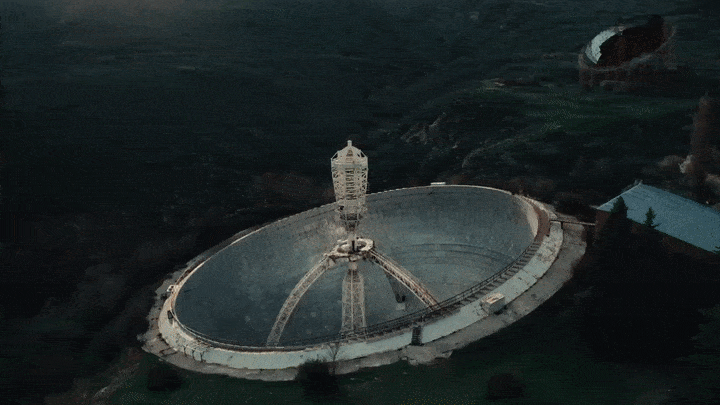
Abilities
IN THE WALKERVERSE, ROT-54 IS THE HIDDEN HIDEOUT OF WALKER #0, TO WHICH HE INVITES #94200 AND #99800. THE RADIO TELESCOPE IS ONE OF THE MOST IMPORTANT PLACES ASSOCIATED WITH THE WALKERVERSE.
IT IS CAPABLE OF ACTIVATING THE PORTAL TO THE WALKERVERSE; ROT-54 HIMSELF IS ACTIVATED BY THE PENDANT.
INTERESTINGLY, THE RADIO TELESCOPE ITSELF IS NOT REQUIRED TO ACTIVATE THE PORTAL. UNFORTUNATELY, THE PURPOSE OF COMBINING THE TWO ELEMENTS IS NOT ENTIRELY CLEAR. IT IS POSSIBLE THAT ALL EXISTING PORTALS ON EARTH CAN BE ACTIVATED WITH ROT-54.
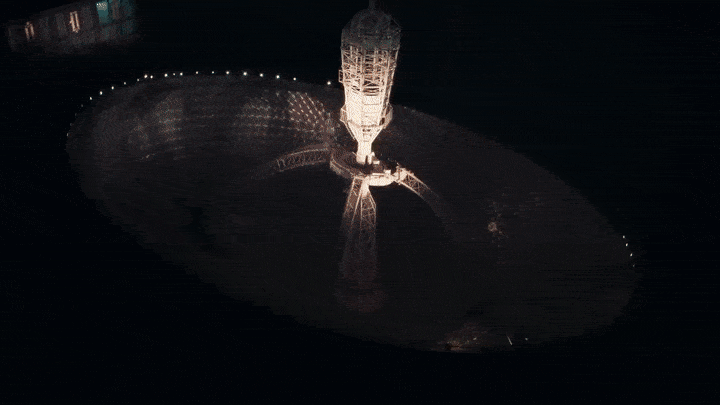
SPECULATIONS ABOUND REGARDING ROT-54, HINTING AT THE POSSIBILITY THAT IT WAS SCANNING THE SKIES FOR ASTEROIDS RICH IN THE RARE MINERAL USED TO CREATE PENDANTS, AND SOME THEORIES EVEN SUGGEST A CONNECTION WITH THE CREATION OF AVI-8 DRONES.
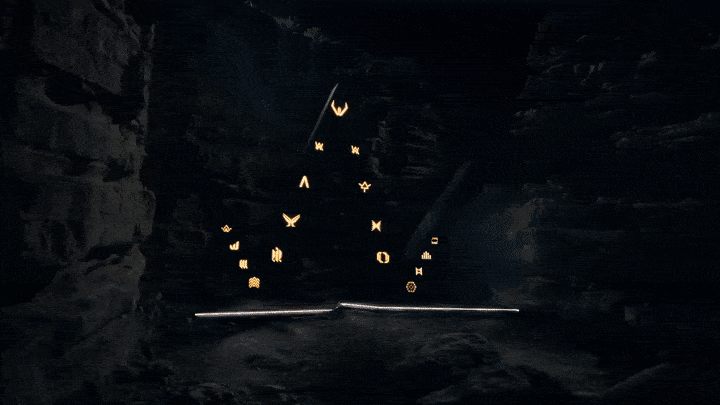
control room

THE MAIN COMMAND CENTER IS THE BUILDING NEXT TO THE RADIO TELESCOPE. IT IS SEEN IN THE TRAILERS FOR THE WALKERVERSE. THE ROOMS ARE FULL OF WALKERS, OPERATING EQUIPMENT AND CONTROLLING THE MISSION TO ENTER THE WALKERVERSE
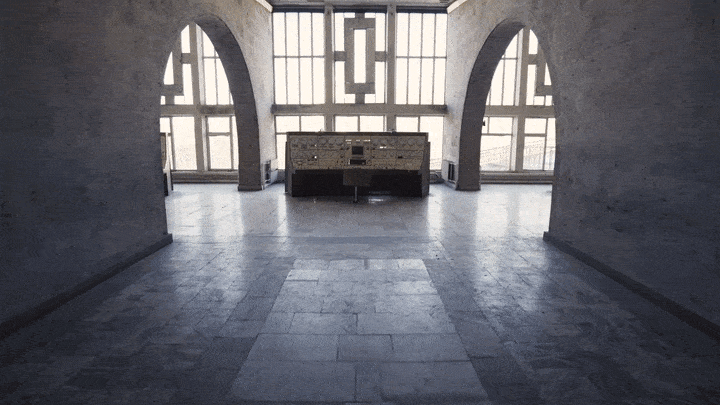
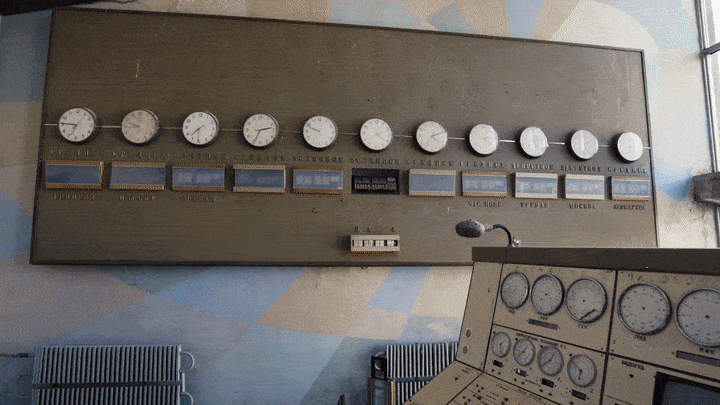
rot-54 history
CONSTRUCTING THE MONUMENT
BETWEEN 1975 AND 1985, THE TELESCOPE TOOK SHAPE ON THE SLOPES OF MOUNT ARAGATS. CONCRETE WAS METICULOUSLY POURED INTO THE PREPARED PIT, FORMING THE FOUNDATION FOR 3600 FLAT METAL PANELS, EACH A SQUARE METER IN SIZE. THESE PANELS, COMPOSED OF HIGH-STRENGTH ALLOYS, DEMANDED PRECISION AND UNIFORMITY TO CAPTURE RADIO WAVES IN THE MILLIMETER AND SUB-MILLIMETER RANGES. OVERCOMING TECHNICAL CHALLENGES, THE TELESCOPE BECAME OPERATIONAL IN 1986.
OBSERVING THE COSMOS
FROM 1987 TO 1990, THE TELESCOPE RECORDED CELESTIAL EVENTS, INCLUDING THE EXPLOSION OF THE RED GIANT, MARKING ITS CONTRIBUTIONS TO SCIENTIFIC JOURNALS AND CONFERENCES. THE 1988 ARMENIAN EARTHQUAKE LEFT THE TELESCOPE UNSCATHED, A TESTAMENT TO ITS RESILIENCE AND ENGINEERING.
CEASING OPERATIONS AND RESTORATION
AROUND 1990, THE TELESCOPE'S OPERATIONS CEASED, BUT ITS STORY DIDN'T END. PROPOSALS FOR RESTORATION EMERGED IN THE MID-1990S, LEADING TO A MODERNIZATION PHASE BETWEEN 1995 AND 2010. COLLABORATING WITH ASTRONOMICAL SOCIETIES, THE TELESCOPE RESUMED OBSERVATIONS. UNFORTUNATELY, IN 2012, A CONTROL ARM FAILURE LED TO ITS IMMOBILIZATION, AND FINANCIAL CONSTRAINTS HALTED REPAIRS.
CHALLENGES AND FUTURE PROSPECTS
RESTORING ROT-54 TO ITS FORMER GLORY AND ENSURING ITS FUTURE OPERATION POSE CHALLENGES. COMPREHENSIVE UPGRADES, COSTING APPROXIMATELY $25 MILLION, ARE REQUIRED FOR MODERN CONTROL SYSTEMS, DIGITAL SENSORS, AND DATA PROCESSING SYSTEMS. IN 2018–2019, A RESTORATION PROJECT AIMED TO INTEGRATE THE TELESCOPE INTO THE EUROPEAN VLBI NETWORK, PROMISING AN EXCITING CHAPTER IN ITS HISTORY.
LEGACY AND CULTURAL SIGNIFICANCE
RECOGNIZED AS A HISTORICAL AND CULTURALLY SIGNIFICANT ARMENIAN MONUMENT SINCE 2002, ROT-54 EMBODIES THE SPIRIT OF EXPLORATION AND SCIENTIFIC ACHIEVEMENT. ITS LEGACY CONTINUES TO INSPIRE ASTRONOMERS AND RESEARCHERS, LEAVING AN INDELIBLE MARK ON ARMENIA'S SCIENTIFIC LANDSCAPE.







.webp)



